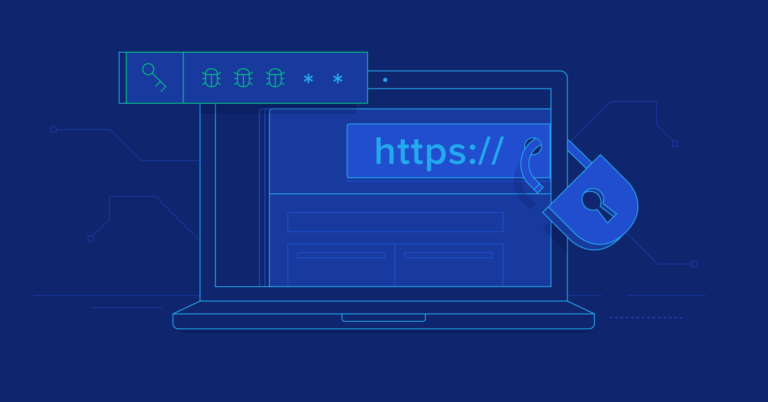In the ever-evolving landscape of cybersecurity, defending against Cross-Site Scripting (XSS) attacks stands as a critical imperative for web developers and organizations alike. As malicious actors continue to exploit vulnerabilities in web applications, it’s paramount to implement robust strategies to fortify defenses and safeguard sensitive data. In this article, we delve into essential techniques to mitigate the risks posed by XSS vulnerabilities and uphold the integrity of web security.
Understanding XSS Attacks
Cross-Site Scripting (XSS) attacks occur when malicious scripts are injected into web applications, typically through user inputs. These scripts can execute arbitrary code in the context of a user’s browser, leading to various security risks such as data theft, session hijacking, and unauthorized access to sensitive information. By exploiting XSS vulnerabilities, attackers can compromise the confidentiality, integrity, and availability of web systems, posing significant threats to organizations and their users.

Key Strategies for XSS Defense
- Input Validation: Begin by implementing rigorous input validation mechanisms to sanitize user inputs effectively. Validate input data against expected formats and constraints, thereby mitigating the risk of XSS injection attacks.
- Output Encoding: Neutralize XSS vulnerabilities by encoding user-generated content before rendering it on web pages. Techniques such as HTML entity encoding and JavaScript escaping can help prevent malicious scripts from executing in the browser environment.
- Content Security Policy (CSP): Deploy a robust Content Security Policy (CSP) to restrict the sources from which content can be loaded on your website. By defining trusted sources for scripts, stylesheets, and other resources, organizations can minimize the attack surface for XSS exploits and enhance overall security posture.
- HTTPOnly & Secure Cookies: Enhance the security of session management by setting HTTPOnly and Secure flags on cookies. This prevents client-side scripts from accessing sensitive cookie data, reducing the risk of session hijacking and unauthorized access.
- Regular Security Audits: Conduct periodic security audits of web applications to identify and remediate XSS vulnerabilities. Employ techniques such as code reviews, penetration testing, and vulnerability scanning to maintain a proactive security stance and address emerging threats promptly.
- Educate & Train: Foster a culture of security awareness within your development team by providing comprehensive training on secure coding practices and XSS mitigation techniques. Empower team members to recognize and mitigate security risks effectively, thereby strengthening the overall security posture of web applications.
- Stay Updated: Stay abreast of the latest security advisories, patches, and best practices in web development. Regularly update web frameworks, libraries, and dependencies to address known vulnerabilities and stay ahead of emerging threats in the ever-evolving cybersecurity landscape.

By implementing these essential strategies, organizations can significantly mitigate the risks posed by XSS attacks and enhance the resilience of their web applications against exploitation. In an era where cybersecurity threats are ever-present and evolving, prioritizing web security is paramount to safeguarding sensitive data, preserving user trust, and maintaining business continuity. Stay proactive, stay vigilant, and uphold the integrity of web security in the face of emerging threats.






